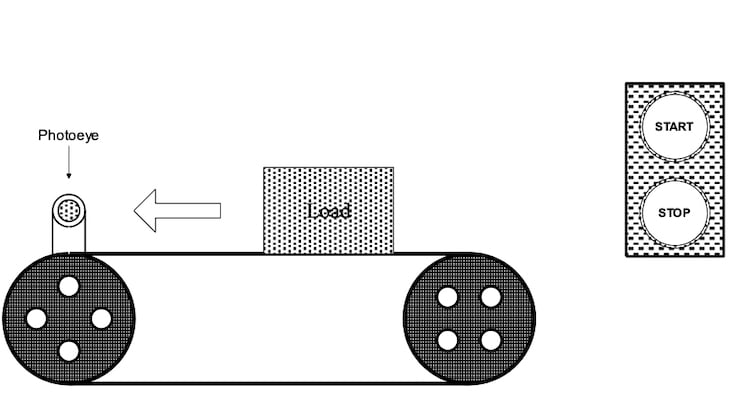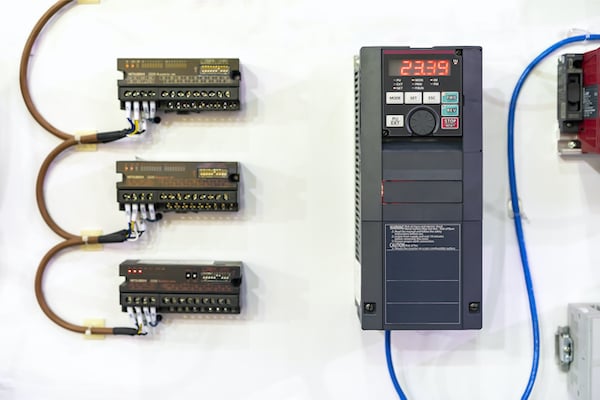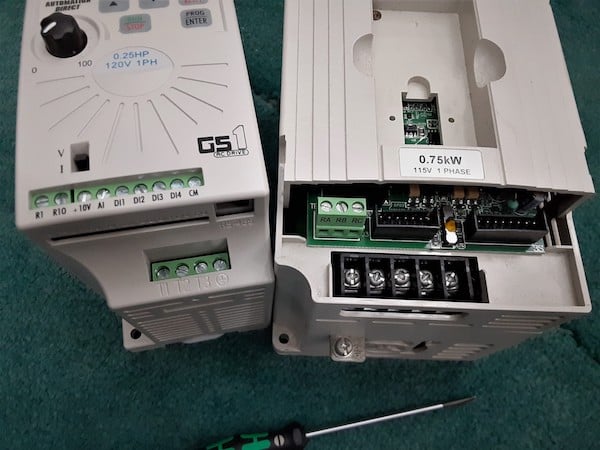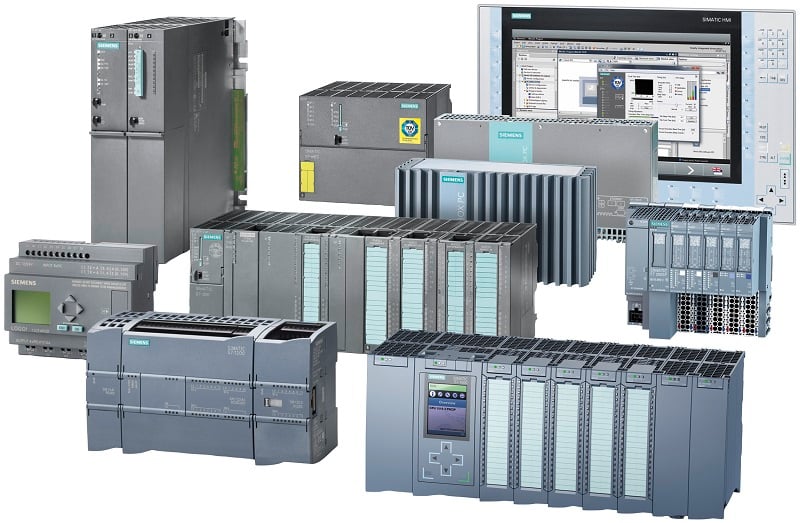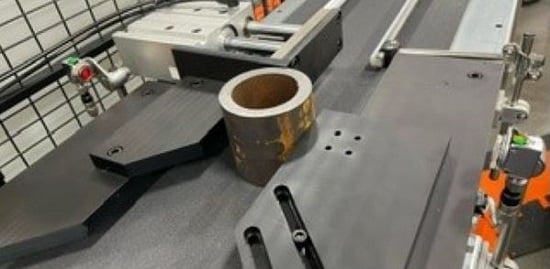State Machine Programming in Ladder Logic
This article discusses the concept of state machines and state machine programming, particularly when utilized with ladder logic. Overview Ladder logic is a common visual programming language that can execute in a PLC. Ladder logic is used to control machinery and direct processes in industrial control applications. Frequently, there is a desire to utilize ladder … Read more

